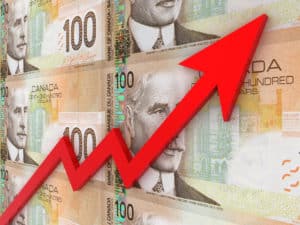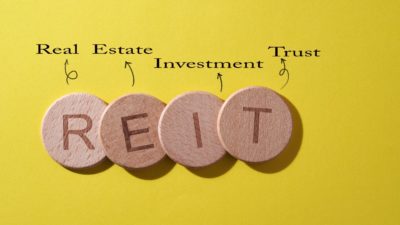Benjamin Graham is known as the father of value investing. His core idea is that investors should look for investments that are mispriced by the market and pay much less for what they’re worth. That would imply there’s a large margin of safety. Here are two important lessons you can learn from Graham.
Lesson 1: View a stock as ownership in a business
The market is a voting machine in the short-term and a weighing machine in the long-term. That is, in the short term the price can go up or down due to news and to the emotional response to the market. Over time, the business performance drives a stock’s price.
Lesson 2: Distinguish between business valuations and market valuations
The business valuation is what you would get if the company was liquidated, but we should also factor in the earnings the business’s assets bring in. A simple way to look at that is by looking at the business’s earnings per share (EPS). The market valuation is what the price the company is trading for.
If you’re a value investor, you want to buy stocks with a margin of safety; that is, the difference between a stock’s business valuation and market valuation. However, the margin of safety is determined by factors such as book value and debt that are measurable, as well as factors that are not as easily measurable, like management quality and the nature of the business. So, when you’re considering a stock you should have an idea of whether or not you have a large margin of safety or a small one instead of the exact percentage of the margin of safety you have.
Tying the ideas together
Using the Bank of Nova Scotia (TSX:BNS)(NYSE:BNS) as an example, it has fallen 17% from its 52-week high of $74 per share to $61 per share, while the business continues to do fine. Its second-quarter results in May show diluted EPS growth of 2% and revenue growth of 4% year over year, although expenses are up 8%.
Expenses are up for the following reasons: volume-related expenses, technology, and growth initiatives, which are needed investments in the business; the negative impact of foreign exchange rates, which the company cannot control; and higher compensation expenses, which the bank states are due to inflation, base salary adjustments, and lower discount rates impacting pension obligations and benefits.
Because the stock has fallen steadily from $74 to $61, some shareholders may feel the stock is a bad investment. To counteract our emotional responses, Graham suggests to automate parts of our investment process.
That is, use a set of measurements that aren’t affected by emotions to find stocks. You can use a stock screener and a set of measurements that matter to you, such as price-to-earnings (P/E), price-to-book, dividend yield, market capitalization, industry, and average volume.
Bank of Nova Scotia example typically trades below a P/E of 13, and you can choose to never pay more than that. Or you may know that the bank has a very solid dividend that seldom reaches a yield of 4.5%, so you wouldn’t buy unless it has a minimum yield of 4.5%.







